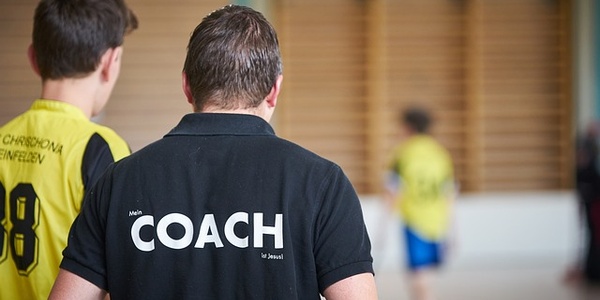

Design Thinking in Innovation
Oct. 26, 2019, 8:41 a.m.As per common belief, the term “design” is associated with a products’ aesthetics appearance. However, in modern times, the main objective of design meant encouraging the well-being in people’s lives. From an organizational perspective, Design Thinking went on to mean ways to resolve problems in more innovative ways.
Much of the thought process behind design thinking focuses on challenging norms and assumptions and redefining problems.
Why is Design Thinking important?
For organizations to succeed, the core competence should always be creativity. And creativity is the right-brain stuff that these businesses are now harnessing to generate their top-line growth. It is not about just math and science anymore; it’s all about imagination, creativity and innovation. Globalization has brought about an air of fierce competition with factors such as an increased supply of price competitive labour, an ever expanding knowledge industry and an increasing amount of outsourcing in both product and services. In such a situation, a traditional business approach is not enough anymore. Market leaders now win by superior creativity and innovation.
What does Design Thinking do?
An innovation guided by design thinking emphasizes that, in order to innovate, there should be a focus on development of new technologies and on exploring new markets. Design thinkers innovates this thought by equipping products, services or relationships with new meanings.
Design Thinking innovates through three distinct stages – Immersion, Ideation and Prototype.
Immersion
The first stage of the Design Thinking is Immersion, where design thinkers approach the context of the problem at hand from not only the organization’s perspective, but also from the point of view of the end user. The main objective of the first phase is to reframe the problem and arrive at a broad understanding of it.
Ideation
This is the second phase which aims at identifying the needs and opportunities that will lead to a probable solution. Innovative ideas are generated at this stage which are aligned to the context of the problem in question. Different kinds of tools and resources are deployed in the process of generating these ideas.
Prototype
In the last stage of Design Thinking, the ideas generated in the previous stage is validated. Prototyping makes the ideas more tangible and measurable. Prototypes can be anything ranging from a conceptual representation to grasping the aspects of the idea, to construct something closer to the final solution.
Design thinking can make an influential difference in communication and collaboration and in the overall business model innovation, if applied properly. Do you think your organization is ready for design thinking?
Got another minute? Check out:


Building a startup that will last

Role of a Mentor in a Start-Up - Contd

When do you need Digital Marketing?

Role of a Mentor in a Start-Up

How to analyse competition and prepare for them

Need Of Customer Segmentation and its Impact on strategy

Am I correct? How to check

WHAT DOES MVP HAS TO DO IN STARTUP?

